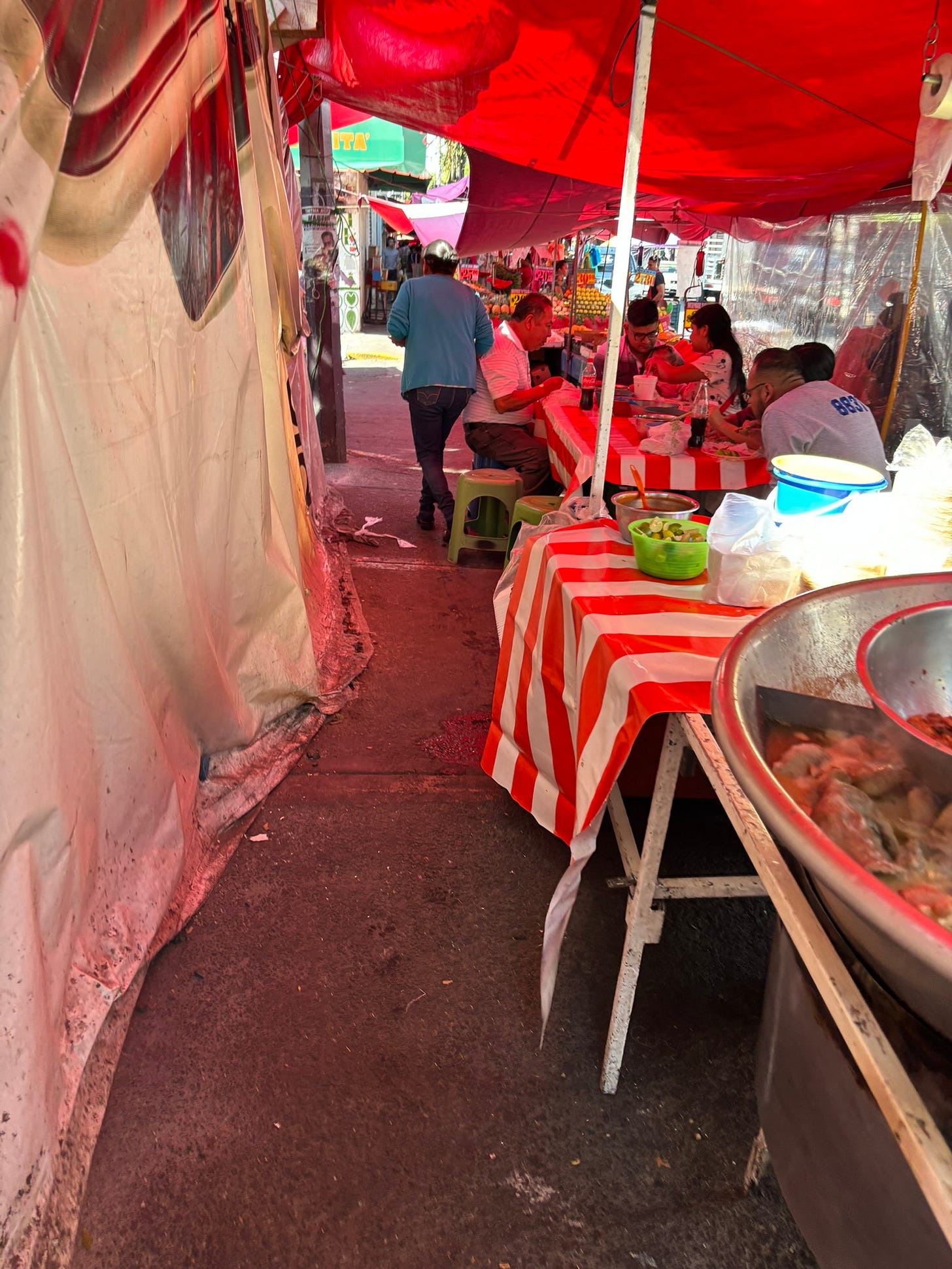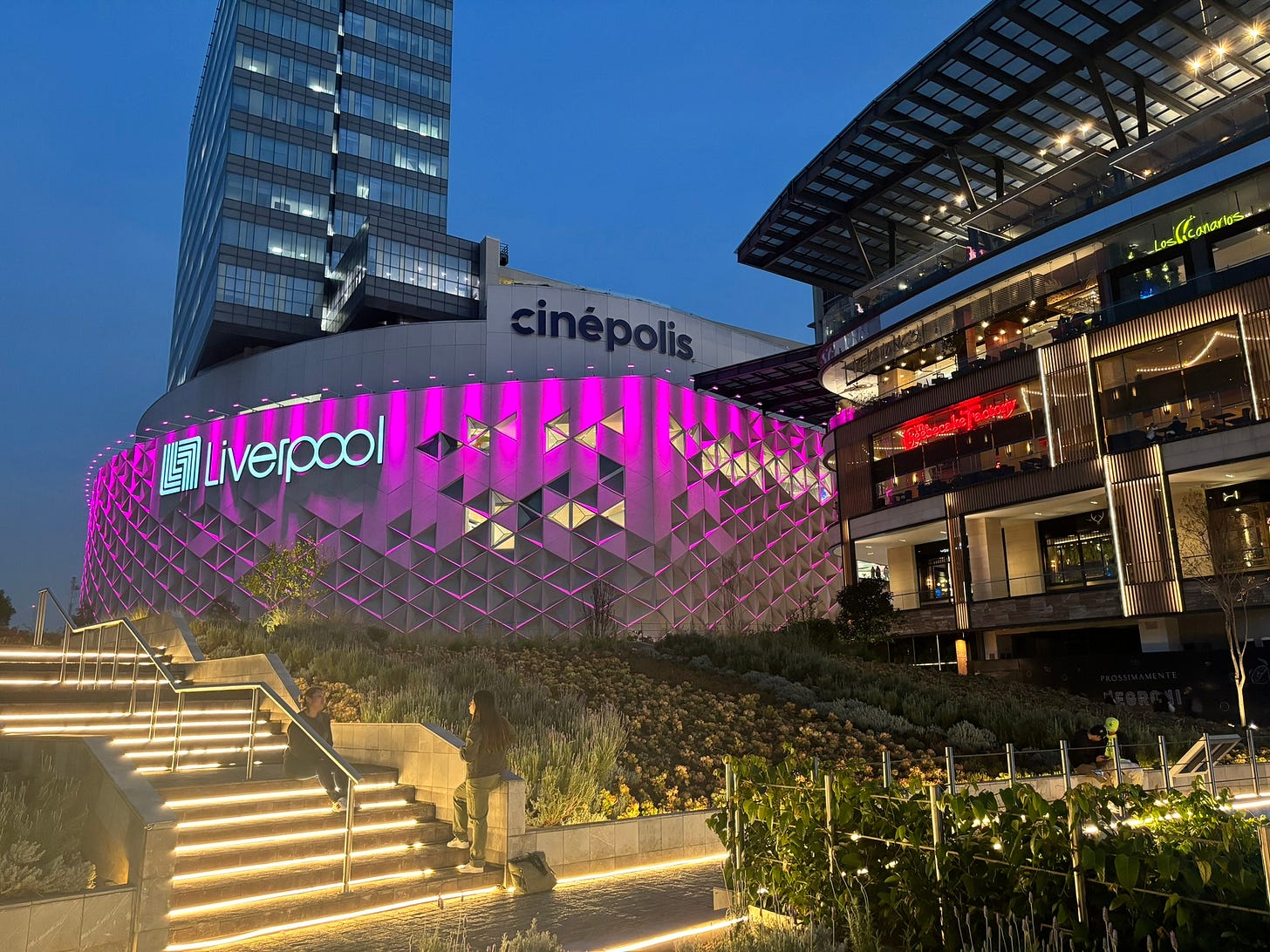I recently finished the book Emergent Tokyo: Designing the Spontaneous City by Jorge Almazan and definitely recommend it for all people interested in urbanism.
Emergent Tokyo
Throughout the book the author frequently talks about the idea of an “Emergent Tokyo.” This phenomena happens when, even in the sea of people, a deeply personal city emerges. For example, in a yokocho alleyway, a small alleyway where bars and other restaurants setup, you could find yourself in a bar with just enough space for the bartender and a couple people. Or after getting off the train you visit a handful of family run businesses below the tracks, known as undertrack infills. And after arriving home take a walk in an ankyo backstreet, a type of communal backstreet. These emergent spaces are found all throughout Tokyo and give it its character. The book gives a detailed description and categorizes all of these different types of spaces. This is where the book really excels and it made me want to plan a visit someday.
Mexico City
Although the author does not talk about other megacities, much of what he talks about does not only apply to Tokyo. I have had the opportunity to spend a lot of time in Mexico City, and during this time, explored a lot of what the city has to offer. From small alleyways, to undertrack infills, and dense low-rise neighborhoods, Mexico City shares many aspects of urban planning as Tokyo that create the “emergent” feeling where anything could happen. Thus, this book will also give you a good framework for thinking about megacities in general as you can make your own comparisons and see where <insert your favorite city> stands.
Corporate Led Urbanism
The author also talks a lot about “corporate led” urbanism. This is the tendency for large corporations to buy up a large track of land for a mixed use project. These projects always have a nice clean polished look but often lack the character of the more emergent urbanism mentioned earlier. Large projects like these are not always bad as they often provide many jobs and shopping and entertainment districts, but as cities urbanize, we need to be careful to strike a balance between the two.
The above picture in Mexico City is an example of what would be corporate led urbanism. It is a new luxury shopping mall near the much older Coyoacan neighborhood. I would not say it is a bad development per say, but there is a trend in Mexico City towards this type of corporate urbanism. This may have some benefits like mentioned earlier, but when taken too far, can displace and eliminate the spontaneous character of the people that made these neighborhoods great in the first place.
Critiques
Overall I did really enjoy the book. However, I think it suffers from a small page count and lack of comparison with other megacities. Comparisons with other megacities more often would have helped the book because knowing what is uniquely Tokyo vs. other megacities would help in creating a framework for what life is like in these enormous cities. Moreover, it would help reinforce his point that Tokyo is not the result of “Japanese-ness” that is often attributed to the city. Many aspects of the urban planning of Tokyo have also emerged independently in other parts of the world.
Final Remarks
I highly recommend the book and encourage anybody with a passion in urban planning to read it. It has helped me better understand the working of megacities and what makes them feel so alive. His discussion about “corporate led” urbanism vs. “emergent” urbanism was also insightful. I hope that in the future our megacities still cling on to and even promote the kind of emergent urbanism that makes them feel so alive and enjoyable. Let me know what you think.







